Monografieën over Filmkunst (Monographs on Art Films), edited by C.J. Graadt van Roggen (Rotterdam: W. & J. Brusse’s Uitgeversmaatschappij, 1931-1933). 10 vols. All in the original wrappers, designed by Piet Zwart (1885-1977). Graphic Arts (GAX) in process



This set of monographs on early twentieth-century film is as important for the graphic design of the covers, as it is for the discourses on cinema inside. The individual volumes are:
1) C.J. Graadt van Roggen, Het Linnen Venster (The Linen Window), 1931.
2) J.L.J. Jordaan, Dertig Jaar Film (Thirty Years Film), 1932.
3) Henrik Scholte, Nederlandsche Filmkunst (Dutch Cinema), 1933.
4) Th.B.F. Hoyer, Russische Filmkunst (Russian Cinema), 1932.
5) Simon Koster, Duitse Filmkunst (Coastal German Cinema), 1931.
6) Elisabeth de Roose, Fransche Filmkunst (French Cinema), 1931.
7) J.F. Otten, Amerikaansche Filmkunst (American Cinema), 1931.
8) Menno ter Braak, De Absolute Film (The Absolute Film), 1931.
9) Constant van Wessem, De Komische Film (The Comedy Film), 1931.
10) Lou Lichtveld, De Geluidsfilm (The Sound Film), 1933.
Each volume has a unique design created by the Dutch artist Piet Zwart, who had multiple careers as an interior designer, industrial design, commercial typographer, photographer, critic and lecturer. At the close of the twentieth century, Zwart was named ‘Designer of the Century’ by the Association of Dutch Designers.
He preferred the title of form technician to graphic designer. His innovative typography and jacket covers steal from De Stijl in his limited palette and geometric layout, without being weighed down by its rules. He flirted with Russian Constructivism and was one of the first designers to consider issues of ergonomics into his industrial projects. Structure, balance, and repetition are constants in his work, which often incorporated photographic images he shot himself. When this film series was complete, Zwart abandoned typographic projects to concentrate on industrial and furniture design.
For more information on Zwart, see: Arthur Allen Cohen, Piet Zwart, Typotekt (New York: Exlibris, [1980]). Marquand Library (SAPH): N6953.Z85 C654 1980
For informaton on Princeton University’s Film & Video Program, see: http://www.princeton.edu/arts/artsatprinceton/film/abouttheprogram/

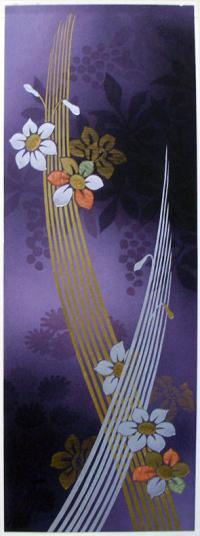















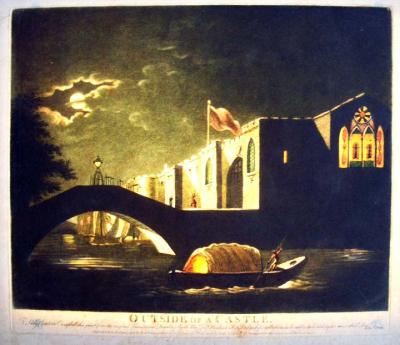


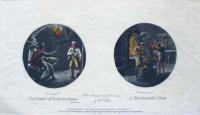



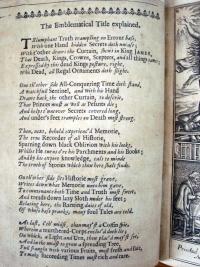








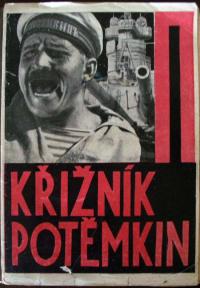


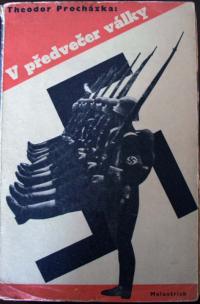







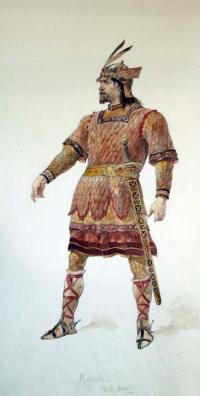
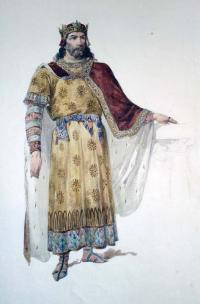











Recent Comments